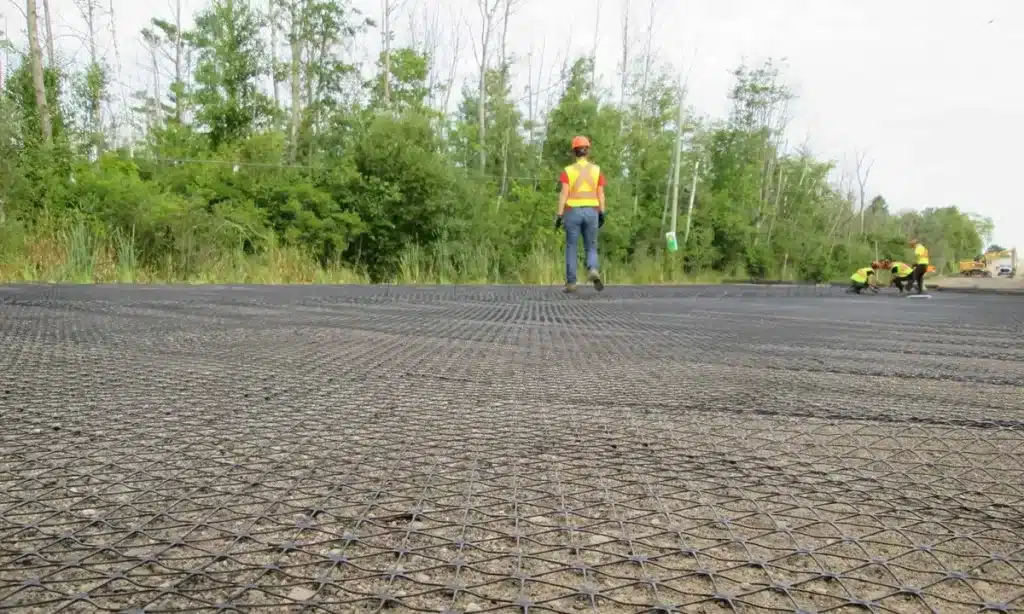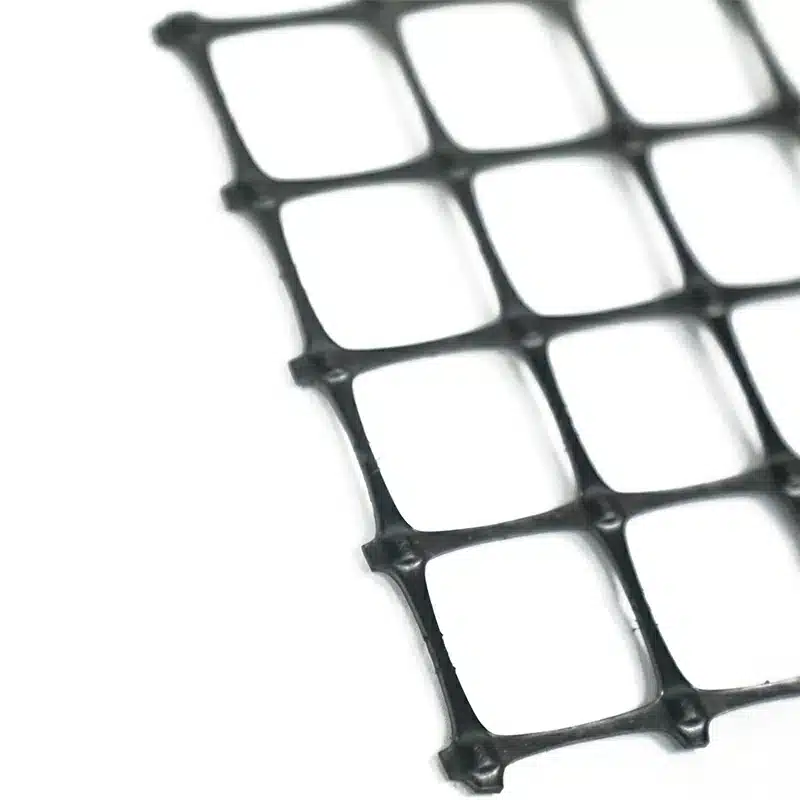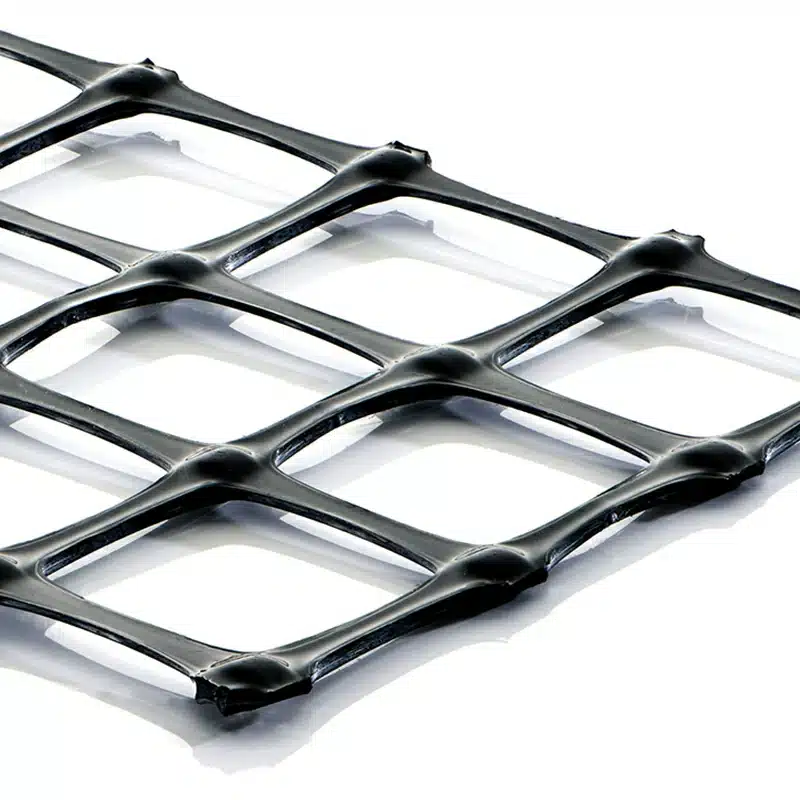+86-159 9860 6917
info@geofantex.com
geofantex@gmail.com
+86-400-8266163-44899
In the realm of civil engineering, geogrids play a pivotal role in enhancing the stability and longevity of various infrastructure projects. These geosynthetic materials are designed to improve the performance of soil and provide crucial reinforcement. In this article, we will explore the concept of geogrid engineering, and its significance in civil engineering, and answer four fundamental questions about this technology.

What is a Geogrid?
A geogrid is a geosynthetic material typically made of polymers, fiberglass, or steel, and it comes in the form of grids or meshes. These materials are characterized by their high tensile strength and low elongation, making them ideal for reinforcement and stabilization of soils.
What is Geogrid in Civil Engineering?
In civil engineering, geogrids are used to improve soil performance. They act as reinforcements, distributing loads, reducing settlement, and adding stability to structures such as retaining walls, embankments, and roads. Geogrids are especially useful for preventing soil erosion and maintaining slope stability.

How Are Geogrids Used in Environmental Applications?
Geogrids find extensive use in environmental applications. They are used to stabilize and reinforce soil in landfill covers, making the landfill structure more robust and reducing the risk of pollution. Geogrids are also employed in erosion control and sediment management, providing an efficient barrier against soil erosion in slopes and banks.
What Are the Advantages of Using Geogrids in Pavement Construction?
In pavement construction, geogrids are a game-changer. They help distribute loads evenly, reducing the occurrence of cracking and rutting. The advantages of using geogrids in pavement construction include improved pavement life, reduced maintenance, and lower overall costs. By reinforcing the soil beneath the pavement, geogrids enhance its structural integrity and durability.
Geogrid engineering is a crucial component in modern civil engineering projects. These versatile geosynthetic materials offer an array of benefits, from enhancing soil stability to extending the lifespan of infrastructure. By understanding what geogrids are, their applications in civil engineering, and their installation requirements, engineers can harness the full potential of geogrid technology, leading to more resilient and long-lasting infrastructure.



Get Free Sample
We’ll respond as soon as possible(within 12 hours)






















